15 Things You Loved As A Kid That Are Now Seen As “Problematic”
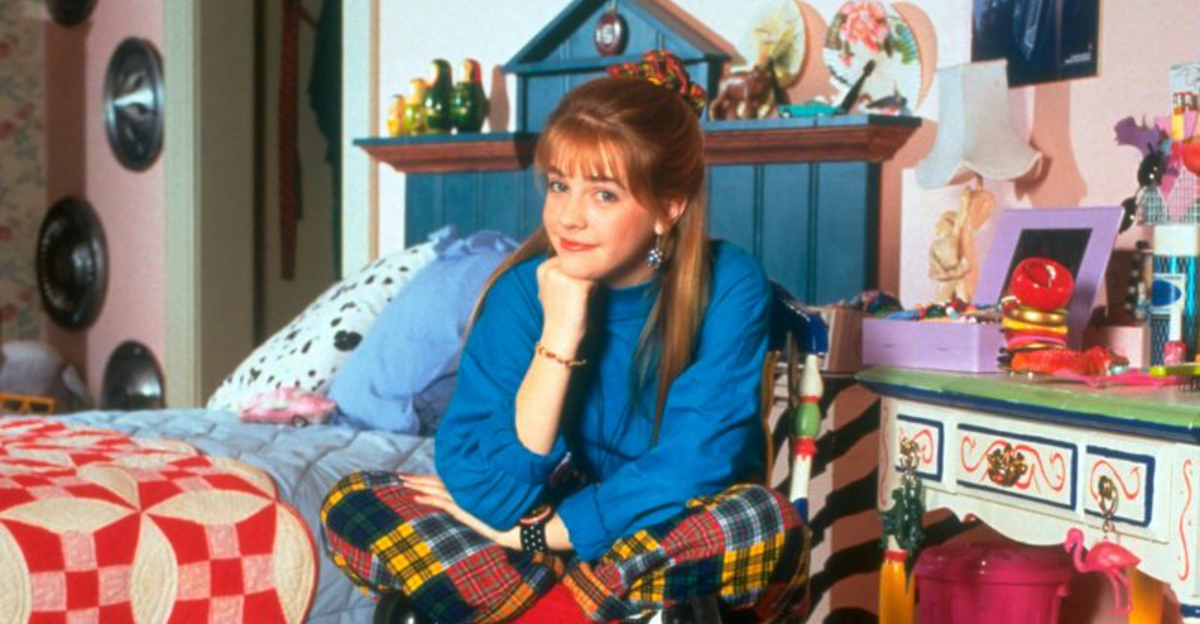
Remember those carefree childhood days when we consumed media with wide-eyed wonder and not a hint of skepticism? I sure do! Back in the ’90s and early 2000s, our days were filled with catchy theme songs, colorful toys, and TV shows that felt like pure magic.
But looking back now, it’s striking how many of the things we once embraced without question are viewed quite differently today. What we considered harmless fun is now often seen through a more thoughtful and critical lens, shaped by our evolving understanding of stereotypes, representation, and consent.
As our cultural awareness has grown, so too has our ability to recognize the messages—both subtle and blatant—that were woven into our childhood favorites. This reflection isn’t about ruining nostalgia, but rather deepening it, appreciating how far we’ve come while still cherishing the joy those moments brought.
It’s a fascinating journey through innocence, hindsight, and the progress we’ve made.
1. Candy Cigarettes That Made Us Feel ‘Grown-Up’
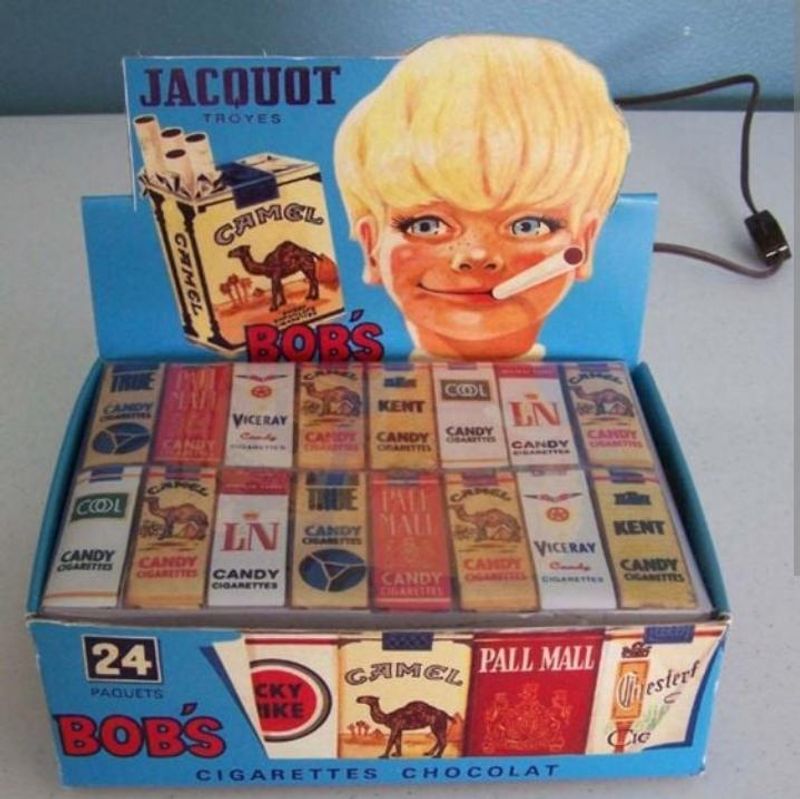
My corner store used to sell these chalky white sticks with red tips that let us pretend we were sophisticated adults. We’d hold them between our fingers, mimicking our parents or movie stars, completely oblivious to the concerning message.
Health educators now rightfully point out these sugary props normalized smoking to impressionable kids. Studies suggest early exposure to tobacco imagery increases the likelihood of actual smoking later in life. The candy industry has largely phased them out or rebranded them as “candy sticks,” removing the red tips.
While they seemed innocent at the time, we now recognize how they glamorized a deadly habit to children who couldn’t possibly understand the real-world consequences.
2. Speedy Gonzales and His Stereotypical Friends
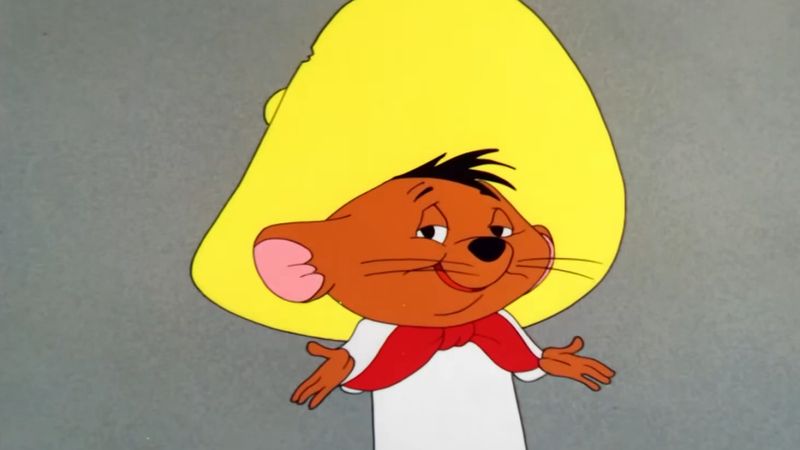
Saturday mornings meant cartoons, and I’d crack up watching the “fastest mouse in all Mexico” outsmart everyone. His sombrero, accent, and siesta-loving friends seemed like harmless fun back then.
Cultural critics today highlight how Speedy and his companions reinforced harmful Latino stereotypes. The heavy accents, laziness tropes, and one-dimensional characterizations reduced an entire culture to simplistic caricatures. Warner Bros even temporarily shelved the character in the early 2000s before bringing him back with some updates.
Mexican-American viewers have expressed mixed feelings—some appreciate Speedy as a clever hero who outwits his opponents, while others feel the surrounding characters perpetuate damaging stereotypes that affected real people.
3. Indian Burns and Chinese Burns on the Playground
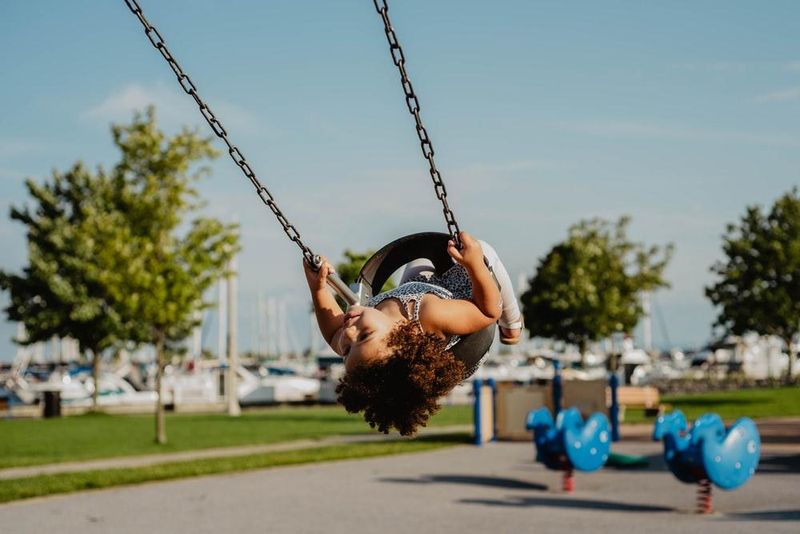
Ouch! I still remember the sting of getting one of these on my arm during recess. We twisted each other’s skin in opposite directions, laughing as our friends yelped in pain—just another playground ritual we never questioned.
The casual racism embedded in these names completely flew over our heads. Attaching ethnic identifiers to painful pranks perpetuates harmful associations between certain cultures and violence or savagery. Many schools now prohibit these twisting techniques altogether, both for their racist names and because they’re technically forms of physical bullying.
Today’s kids are learning more appropriate ways to play and interact, without normalizing casual racism or inflicting pain as entertainment.
4. Pepe Le Pew’s Unwanted Advances
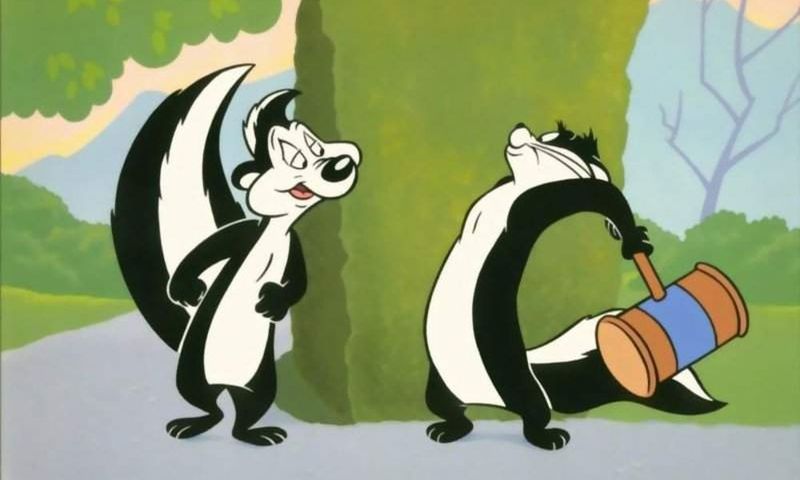
Watching the amorous French skunk chase after Penelope Pussycat had me giggling as a kid. His persistent pursuit despite her obvious discomfort seemed like silly cartoon antics, not problematic behavior.
Viewed through today’s lens, Pepe’s actions are textbook examples of harassment and disregard for consent. The cat clearly tries to escape while he restrains her, kisses her against her will, and refuses to take “no” for an answer. Warner Bros has significantly reduced Pepe’s presence in modern productions, acknowledging these concerns.
The character’s behavior normalizes concerning patterns that we’d never want children to imitate in real life—a perfect example of how our understanding of appropriate content evolves over time.
5. Lawn Darts That Could Pierce Skulls
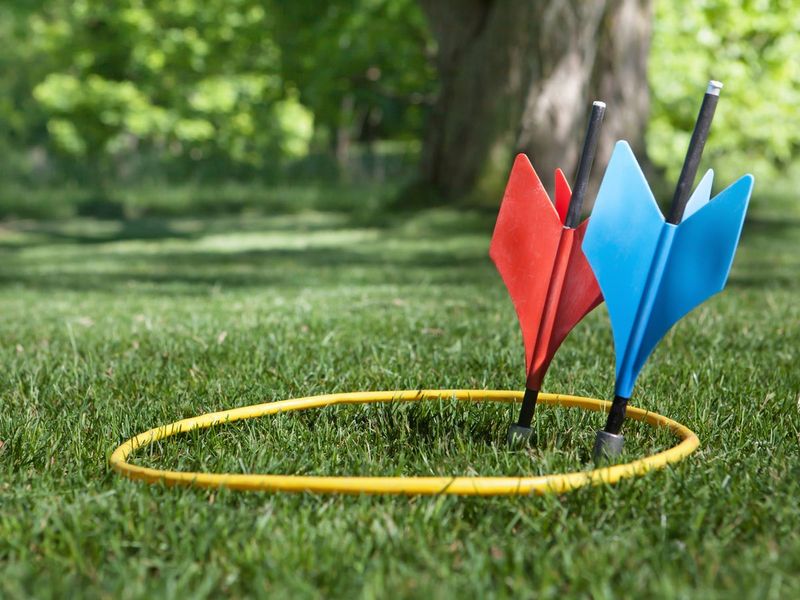
Summer barbecues at my uncle’s house featured these weighted metal darts with plastic fins that we’d toss toward circular targets on the lawn. The thrill of launching them skyward was unmatched—we had no idea we were playing with literal weapons!
These dangerous toys caused thousands of injuries and several deaths before being banned in 1988. The heavy metal tips could pierce skulls and cause fatal brain injuries, particularly when thrown by excited children with undeveloped coordination. Modern versions use blunt plastic tips that can’t penetrate skin.
Looking back, it’s shocking these lethal projectiles were marketed as family entertainment. Sometimes nostalgia needs to take a backseat to basic safety considerations.
6. Indian Princess Halloween Costumes
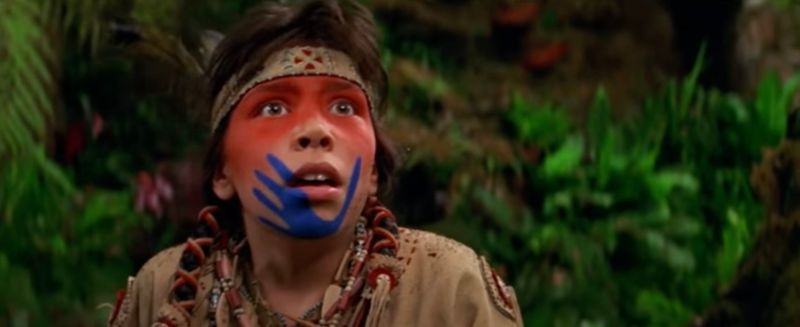
Halloween meant rummaging through costume bins at the store, where I’d invariably find those fringed dresses with feathered headbands labeled “Indian Princess.” My friend wore one in third grade, complete with face paint and a plastic tomahawk.
These costumes reduced diverse, complex Native American cultures to stereotypical props for children’s play. The feathered headdresses are particularly problematic as they’re sacred items with deep spiritual significance for many tribes. The term “Indian” itself homogenizes hundreds of distinct nations with unique traditions.
Most schools and retailers now discourage these costumes, recognizing that someone’s cultural identity isn’t an appropriate costume. It’s a perfect example of how treating real cultures as fantasy characters diminishes their humanity.
7. Johnny Bravo’s Relentless Pursuit of Women
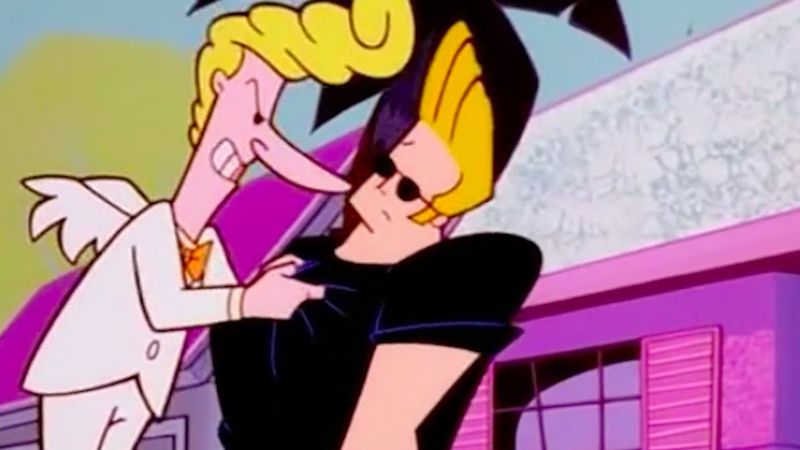
My brother and I howled with laughter at the muscular cartoon character with gravity-defying hair who flexed his way through countless rejections. Johnny’s catchphrases and failed pickup attempts seemed like innocent comedy gold.
Adult viewers now cringe at how the show glorified harassment. Johnny consistently ignored women’s boundaries, treated them as conquests rather than people, and rarely faced meaningful consequences for his behavior. His character embodied toxic masculinity before we had mainstream language to describe it.
Though the show occasionally portrayed Johnny as the butt of the joke, his persistence was often framed as admirable determination rather than problematic behavior. Today’s children’s programming generally avoids romanticizing such relentless pursuit.
8. Screech Being Bullied in Saved by the Bell
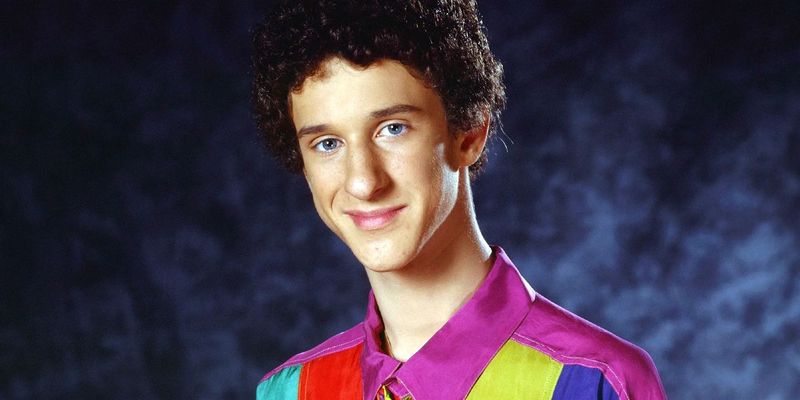
Friday nights meant TGIF lineup, and I never missed the gang at Bayside High. Screech Powers’ dorky antics made me laugh, especially when Zack and the cool kids mocked him mercilessly.
Rewatching as an adult reveals disturbing bullying patterns that were played for laughs. Screech endured constant humiliation, manipulation, and exclusion from his supposed friends. Zack regularly exploited Screech’s intelligence and loyalty while treating him as a social inferior.
Modern teen shows generally avoid portraying bullying as harmless entertainment, instead highlighting its devastating impact. The normalization of such behavior in ’90s programming reflects how our understanding of peer mistreatment has evolved—what once seemed like harmless ribbing is now recognized as potentially damaging to young viewers’ social development.
9. ALF’s Cat-Eating Jokes
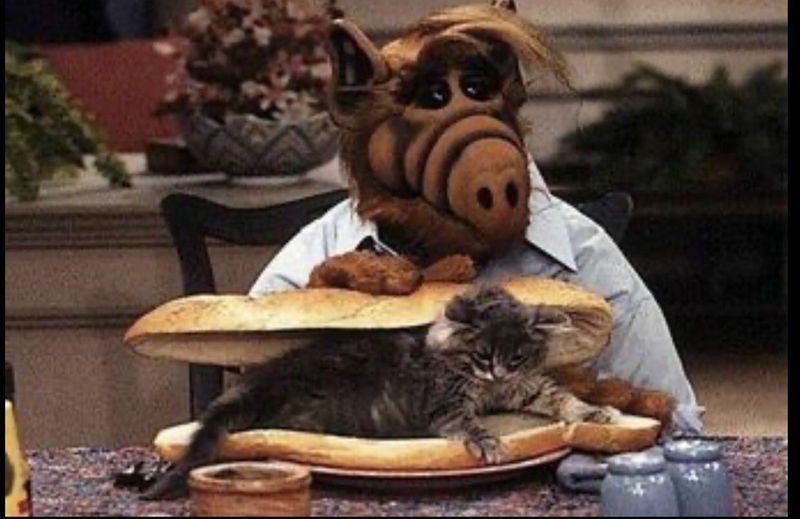
Monday nights at 8 PM meant watching that furry alien from Melmac crash-land into the Tanner family’s suburban life. I giggled every time ALF made another joke about wanting to eat their cat, Lucky—it seemed like such absurd comedy!
Animal rights advocates now point out how the running gag normalized animal cruelty. The show treated the family pet’s potential consumption as a punchline rather than a genuine threat. Though Lucky was never actually harmed, the casual references to eating a beloved pet sent confusing messages to young viewers.
The jokes also reflected problematic “othering” of different cultures with unfamiliar dietary practices. Though unintentional, this aspect of the otherwise family-friendly show wouldn’t fly in today’s more culturally sensitive entertainment landscape.
10. Clarissa’s Ladder-Climbing Neighbor Sam
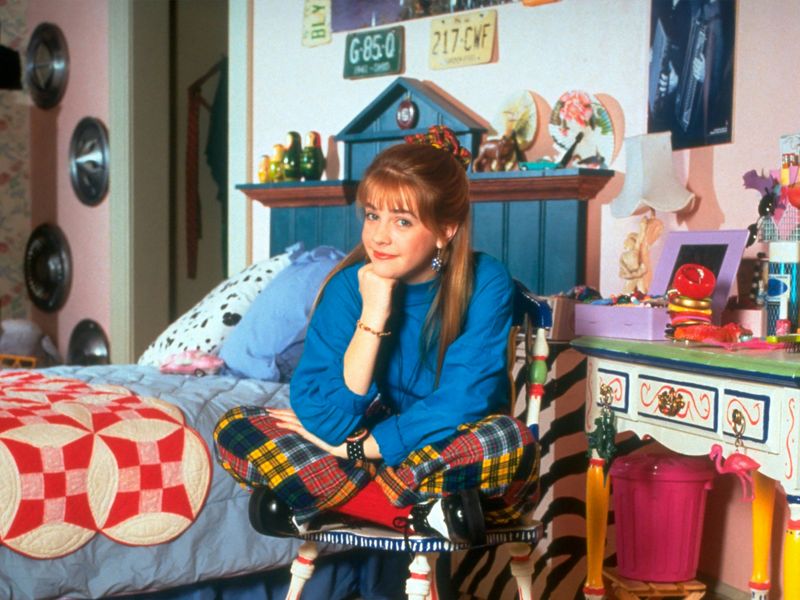
After school, I’d rush home to catch “Clarissa Explains It All” and watch her quirky adventures. Her friend Sam always entered by propping a ladder against her window and climbing right in—no doorbell, no parents’ permission, just casual bedroom access.
Modern parents would be horrified by this boundary-crossing behavior that was presented as completely normal. The show never acknowledged the privacy implications or safety concerns of a teenage boy having unfettered access to a girl’s bedroom without parental oversight.
While the relationship remained platonic, the setup normalized concerning behavior that would trigger serious conversations in today’s world. It’s a perfect example of how ’90s shows often overlooked subtle messages about personal boundaries that we’re much more attuned to now.
11. The Little Mermaid Giving Up Her Voice for a Man

I wore out our VHS tape rewinding “Part of Your World” and dreaming of Ariel’s magical underwater kingdom. Her determination to transform herself for Prince Eric seemed like the ultimate romantic sacrifice.
Feminist critics now highlight the troubling message: a young woman literally surrenders her voice and changes her body to pursue a man she’s barely met. Ariel abandons her family, culture, and identity based on physical attraction alone, while the villain explicitly tells her that men prefer silent women.
Though Disney has created more empowered princesses in recent years, this 1989 classic remains problematic in its portrayal of romance and female agency. Modern parents often use it as a conversation starter about healthy relationships rather than an aspirational love story.
12. Racist Caricatures in Peter Pan

Watching Disney’s “Peter Pan” meant magical flights to Neverland and adventures with the Lost Boys. The “What Makes the Red Man Red” sequence with stereotypical “Indians” seemed like just another fantasy element to my young eyes.
The film’s portrayal of Native Americans ranks among Disney’s most offensive content. The red-skinned caricatures speak in grunts, wear feathered headdresses, and are described as “savages”—perpetuating harmful stereotypes that dehumanize indigenous peoples. Disney now includes content warnings acknowledging these problematic elements.
Beyond the Native American portrayal, the film also features troubling gender dynamics, with Wendy relegated to a mother figure while the mermaids attempt to drown her out of jealousy. What once passed as children’s entertainment now serves as a teaching moment about historical racism in media.
13. Questionable Romance in the Bee Movie
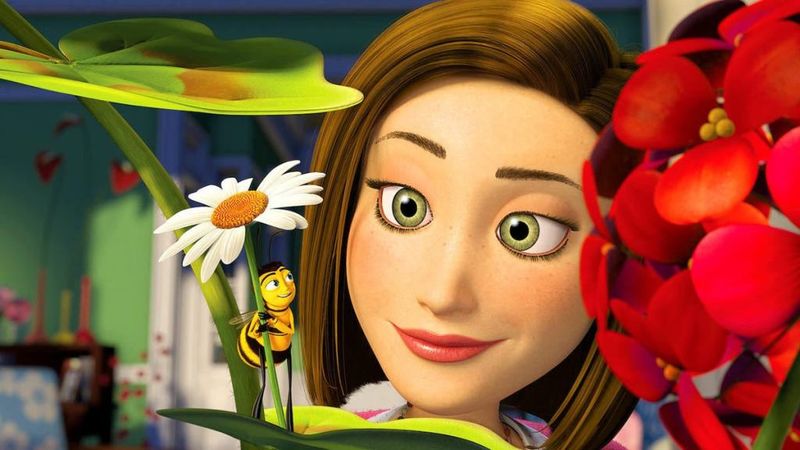
My little cousin watched “Bee Movie” on repeat, and I’d join her sometimes, chuckling at Jerry Seinfeld’s bee character navigating the human world. The friendship between Barry B. Benson and the human woman Vanessa seemed quirky but harmless.
Rewatching as an adult reveals the bizarre romantic undertones between a bee and a human woman that somehow made it into a children’s film. Their relationship includes jealousy over human boyfriends, romantic tension, and scenes that parallel dating dynamics—all between species with a dramatic size difference.
The film has become an internet meme precisely because of this strange subplot that raises questions about appropriate content for kids. While children likely miss these implications, the film’s uncomfortable romantic coding between non-comparable species makes adults wonder how it passed the development stage.
14. Ren and Stimpy’s Adult Humor and Innuendo
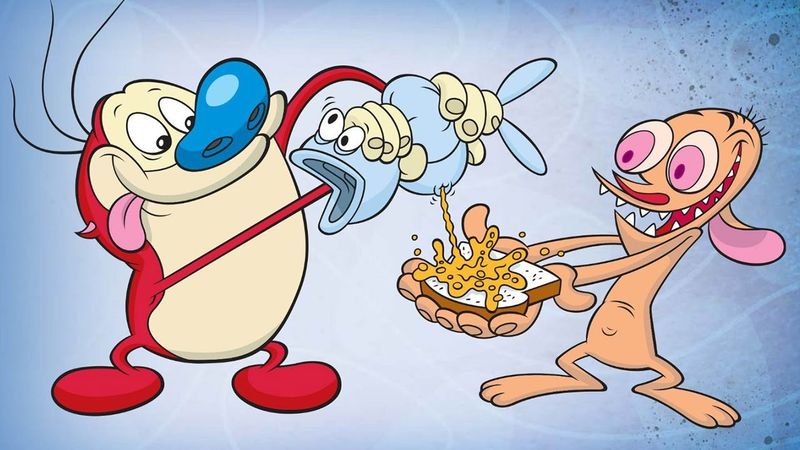
Nickelodeon afternoons meant watching that bizarre cat and chihuahua duo get into surreal situations. The gross-out humor and strange scenarios had me rolling on the floor, though some jokes definitely flew over my head.
Parents and critics eventually realized the show was packed with inappropriate content barely disguised as children’s entertainment. Creator John Kricfalusi deliberately included sexual innuendos, disturbing imagery, and adult themes that were inappropriate for the target audience.
The show’s legacy is complicated by later revelations about Kricfalusi’s alleged misconduct with underage girls. What once seemed like edgy animation pushing boundaries now represents a concerning case of adult content being marketed to children without proper oversight or content warnings.
15. Fat Albert’s Junkyard Gang Stereotypes

Saturday morning cartoons meant learning life lessons with Fat Albert and the Cosby Kids. Their adventures in the junkyard, complete with homemade instruments and creative problem-solving, seemed like positive representation to my young self.
Modern viewers note how the show perpetuated stereotypes about urban Black youth despite its well-intentioned messages. The characters lived in a literal junkyard, reinforcing associations between Black communities and poverty.
Bill Cosby’s later criminal convictions have further complicated the show’s legacy, making it difficult to separate the positive educational aspects from both its creator’s actions and the stereotypical elements. What was groundbreaking representation in the 1970s appears problematic through today’s more nuanced understanding of authentic representation.
